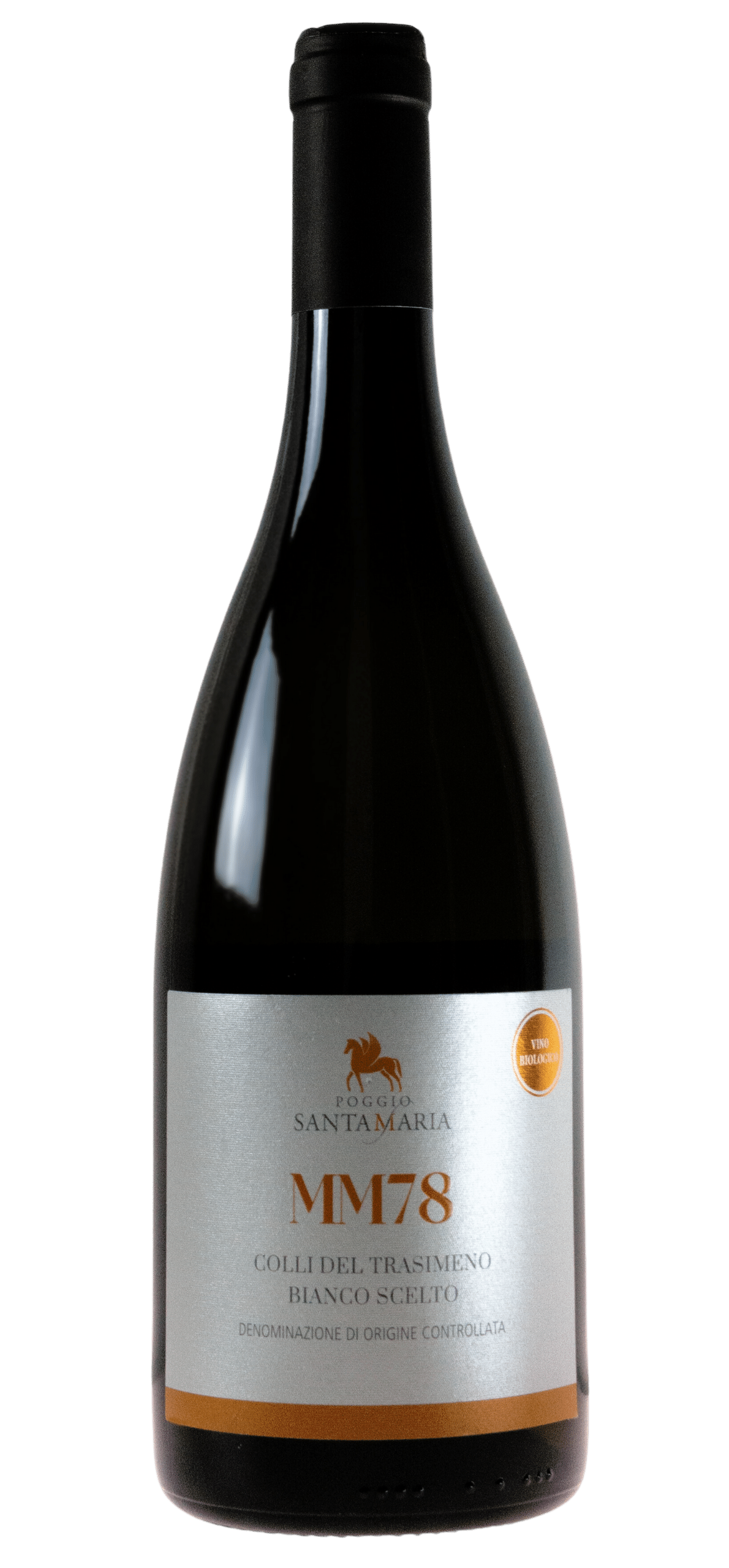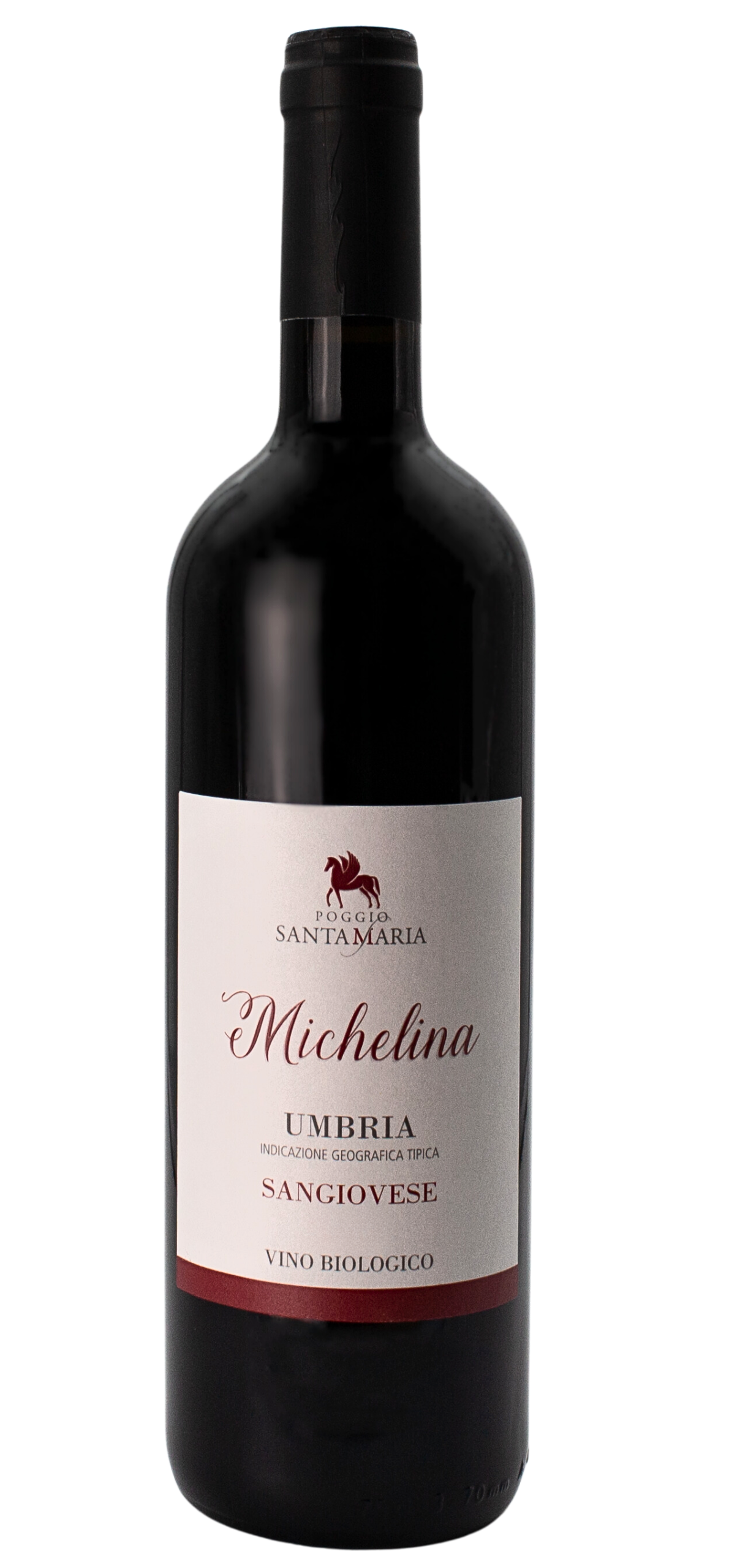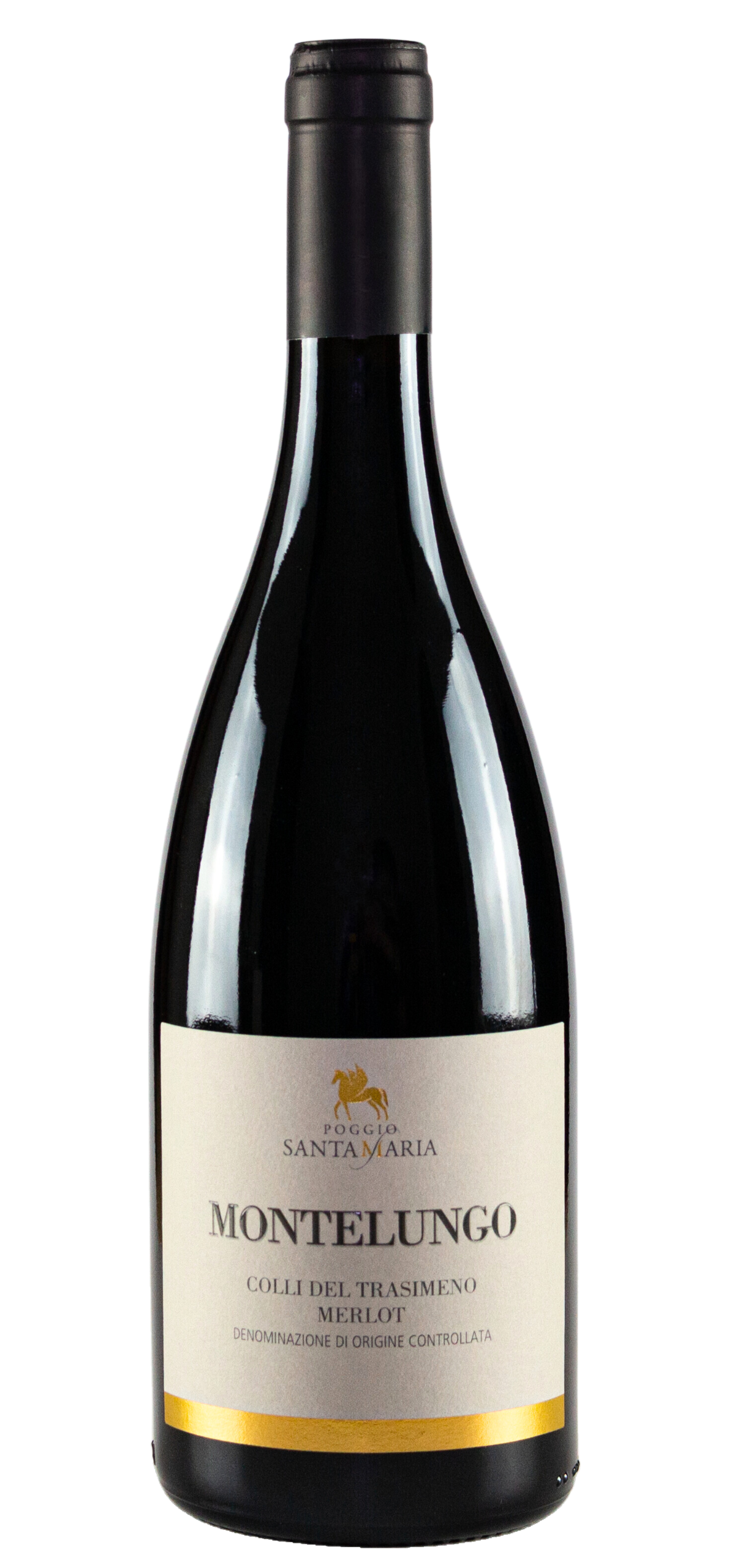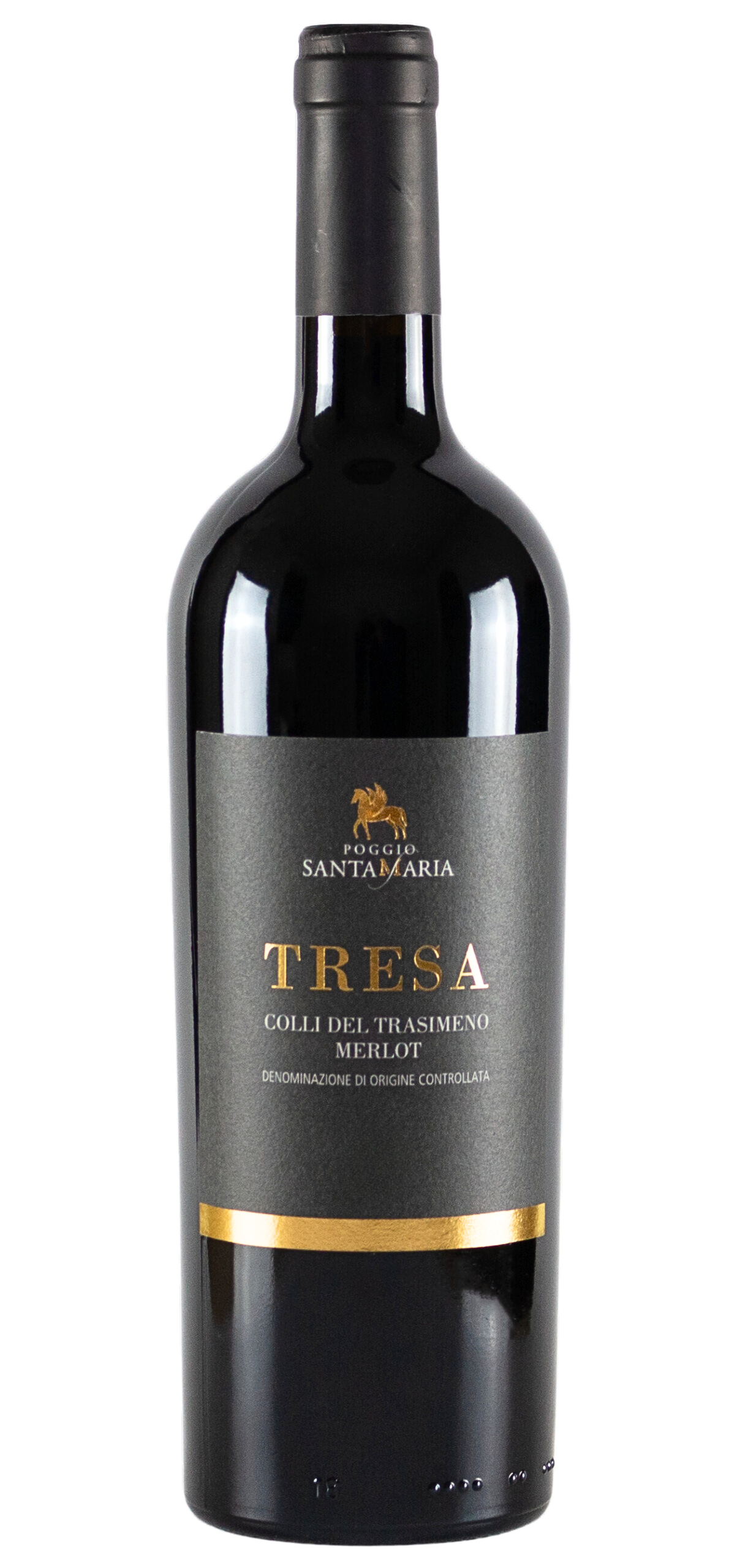Poggio Santa Maria: the history and the wines
In the Italian wine landscape, Poggio Santa Maria aims to distinguish itself through its connection to the territory and the family heritage embedded in its labels. Founded in 2011 by Massimiliano Marchetti, the winery began its production with two red wines, Tresa and Montelungo, whose names are inspired by two tributaries of Lake Chiusi, reinforcing the bond with Marchetti’s region of origin. Over the years, and with the opening of the new winery in 2021, Poggio Santa Maria’s offerings have expanded to include new varieties: a white wine, a rosé, and an additional red wine.
These recent additions carry the names of members of Massimiliano’s family, solidifying the link between the winemaking and the personal sphere of the founder. The label Michelina, dedicated to Massimiliano’s grandmother, is complemented by SB83, a rosé named after Silvia, Marchetti’s companion, and MM78, a white wine that reflects the initials and birth year of the founder, Massimiliano Marchetti.





Varieties and Development Principles
The vineyards of Poggio Santa Maria, spanning six hectares, host a variety of grape types, including Merlot, Sangiovese, Cabernet Sauvignon, Vermentino, and Chardonnay. This selection of grape varieties allows the winery to offer a diverse range of wines, each cultivated with the intention of expressing the distinctive characteristics bestowed by the local terroir. With a variety of labels that celebrate both family ties and the connection to the land, the winery positions itself as a noteworthy reference point in the Italian wine sector, attracting interest from both local and international consumers. Massimiliano Marchetti leads this company with dedication, maintaining his connection to tradition while looking towards the future of the industry.

